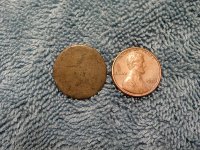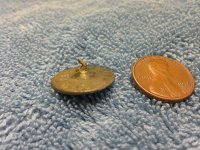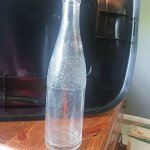castletonking
Full Member
I found this pewter colored button approx 6 inches deep today.It came out of the ground as clean as you see it here,the hoop is broken in the back,but it is attached to the button with a conical holder? It was found on property belonging to a farm house built in 1760,close tot he spot i pulled a 1775 KG III 2 weeks ago. any help would be appreciated...also there are no markings on the button








